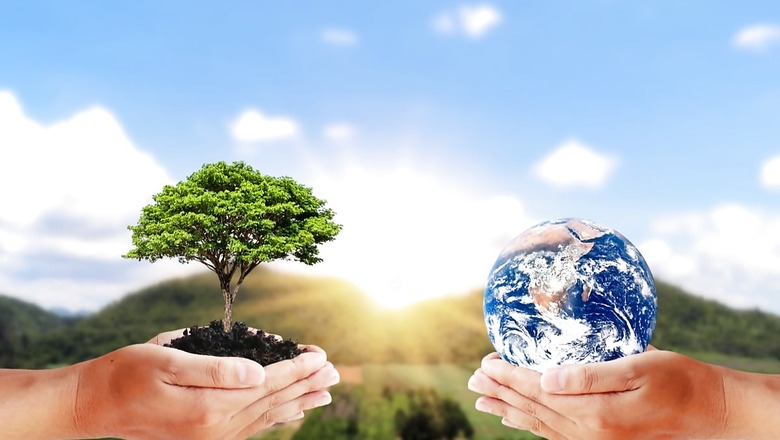
views
Economic restoration is a way to repair our fractured relationship with nature. The process helps in facilitating the revival of degraded ecosystems to its pre-degraded trajectory; and conserving the ecosystems. Both biotic and abiotic aspects comprise the basis of ecological restoration. Resilience and regenerative ability of the ecosystem can be ensured through this holistic approach.
Environmental damage has been one of the major challenges faced by the planet since three decades; but now, when the world is battling COVID-19 crisis, the need to expedite the restoration movement has been the most urgent. With the ecosystem loss, the world is getting increasingly deprived of carbon sinks, like forests and peatlands. And during a time like this, we can’t afford to let that happen.
As a result, economic restoration –a global undertaking on a gigantic scale –assumes greater significance.
Ecosystem Restoration types comprise:
- erosion control
- reforestation
- removal of non-native species and weeds
- re-vegetation of disturbed areas
- daylighting streams
- reintroduction of native species, and habitat
- range improvement for targeted species
The 8 vital types of ecosystem include:
- forests
- farmlands
- grassland and savannahs
- rivers and lakes
- oceans and coasts
- towns and cities
- peatlands
- mountains
Importance of Ecosystem Restoration in post-Covid world
The COVID-19 emergence has unleashed some drastic consequences and revealed how disastrous the loss of the ecosystem can be. We cannot attain Sustainable Development goals in the absence of ecosystem restoration. Preventing the biodiversity loss is the key to our survival post the pandemic.
Taking into account the gravity of the situation, and encouraging the revival of the ecosystem, the UN has officially declared the United Nations Decade on Ecosystem Restoration (2021-2030) on this World Environment Day 2021. According to its guidelines, we as a community can participate in this #GenerationRestoration, a global ecosystem revival initiative.
Preventing, halting, reversing the decline of ecosystems globally, form the main goal of ecosystem restoration to safeguard the environment in post-Covid world.
After all, sustainable use and restoration of biodiversity would be the best way to mitigate the post COVID-19 crisis. The restoration can ensure getting rid of 13 to 26 gigatons of greenhouse gases from the atmosphere in the post-Covid world. Revival of 350 million hectares of degraded terrestrial and aquatic ecosystems would guarantee a better, greener, healthier environment to support life.
In order to foster our ecosystem recovery, 3 ways to get people involved would be:
- Initiate, support an on-the-ground restoration project
- Purchase only sustainable products, change diet habits
- Lend voice to support ecosystem conservation and restoration
The world is witnessing the destruction of the foundations of our survival at an alarming rate. Hence, it is absolutely crucial to ensure a resilient and green recovery in post-Covid world.
Read all the Latest News, Breaking News and Coronavirus News here.




















Comments
0 comment